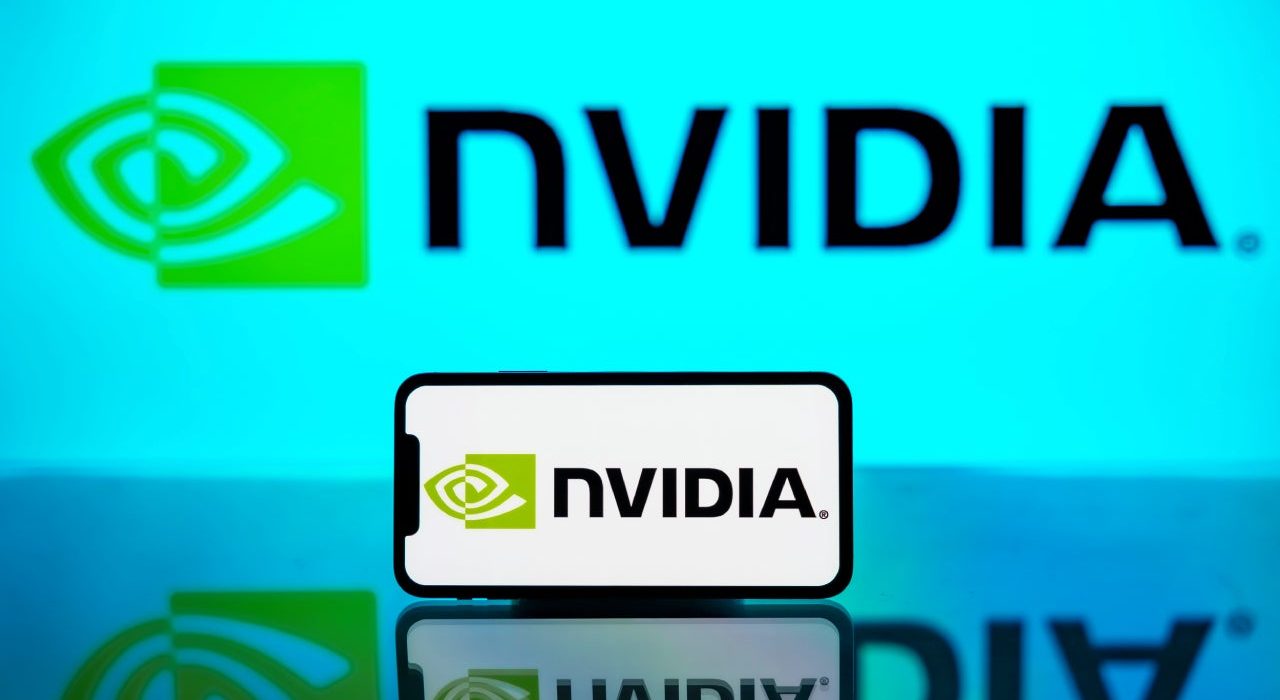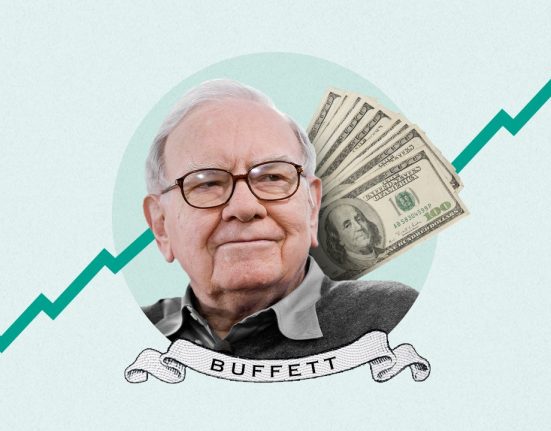Nvidia (NVDA), the semiconductor tech giant at the heart of the AI boom, announced plans for a stock split Tuesday, May 22 that could make shares cheaper for investors. Nvidia says it will split its stock 10-1 effective June 7.
Each Nvidia stockholder at market close on Thursday, June 6 will receive nine additional shares that will be distributed after the close of market on Friday, June 7, according to the company.
After a blockbuster earnings report, NVDA jumped 7.4 percent to $1,020 a share when the market opened May 23.
Nvidia says it’s splitting its stock to make “ownership more accessible to employees and investors,” according to the company’s earnings call May 22.
While fractional share investing is common at many online brokers, a lower share price often generates excitement and can put ownership within reach for many small retail investors.
For example, a 10-1 stock split of Nvidia trading at $1,020 per share would bring the price down to $102 per share.
What is a stock split and how does it impact investors?
A stock split occurs when a company divides its existing shares into multiple new shares. It’s like cutting a pizza into more slices — the total amount of pizza remains the same, but you have more slices to distribute.
A lower share price can seem more affordable, even though the total investment to own the same proportional stake remains the same. It can also boost liquidity since more shares can lead to more frequent trading.
For existing shareholders, a stock split doesn’t change the total value of their holdings. They simply own more shares at a lower price per share. It won’t make them richer or poorer overnight. Current shareholders will still enjoy the same overall dividend payouts and the same voting rights.
To avoid confusion with actual stock value, data providers adjust past prices for splits by making them proportionally lower, reflecting the extra shares investors received.
Stock splits often serve as a trust signal to investors from company leadership. It indicates that management believes the company’s future is bright and the stock price will continue to rise, even after the split lowers the price.
Another promising sign for investors: The company raised its dividend 150 percent, from $0.04 per share to $0.10 per share.
Nvidia’s stock split history and recent company performance
Nvidia is no stranger to stock splits. The company has undergone five since launching its IPO in 1999, most recently about three years ago in 2021. An investor who bought a single share of NVDA 25 years ago would have about 48 shares of the company today.
Here’s a look at Nvidia’s previous splits:
- July 20, 2021: 4-1 split
- Sept. 11, 2007: 3-2 split
- April 7, 2006: 2-1 split
- Sept. 12, 2001: 2-1 split
- June 27, 2000: 2-1 split
Stock splits are not as common as they used to be, but they still happen. Recent examples include Amazon and Alphabet (parent company of Google) in 2022, and Walmart in 2024.
Nvidia was founded over 30 years ago in 1993, but it only became a household name over the last two years with the rise of AI technology. It became a trillion-dollar company in June 2023 — joining just five other companies — as investors bought into the artificial intelligence boom.
Nvidia designs advanced chips that are used in AI systems and its shares are up about 116 percent in 2024 as of May 23, 2024. It ended 2023 up a remarkable 246 percent from the start of the year. Nvidia generated $26 billion in revenue during the first quarter of 2024 alone, up 18 percent from the previous quarter.
Editorial Disclaimer: All investors are advised to conduct their own independent research into investment strategies before making an investment decision. In addition, investors are advised that past investment product performance is no guarantee of future price appreciation.







